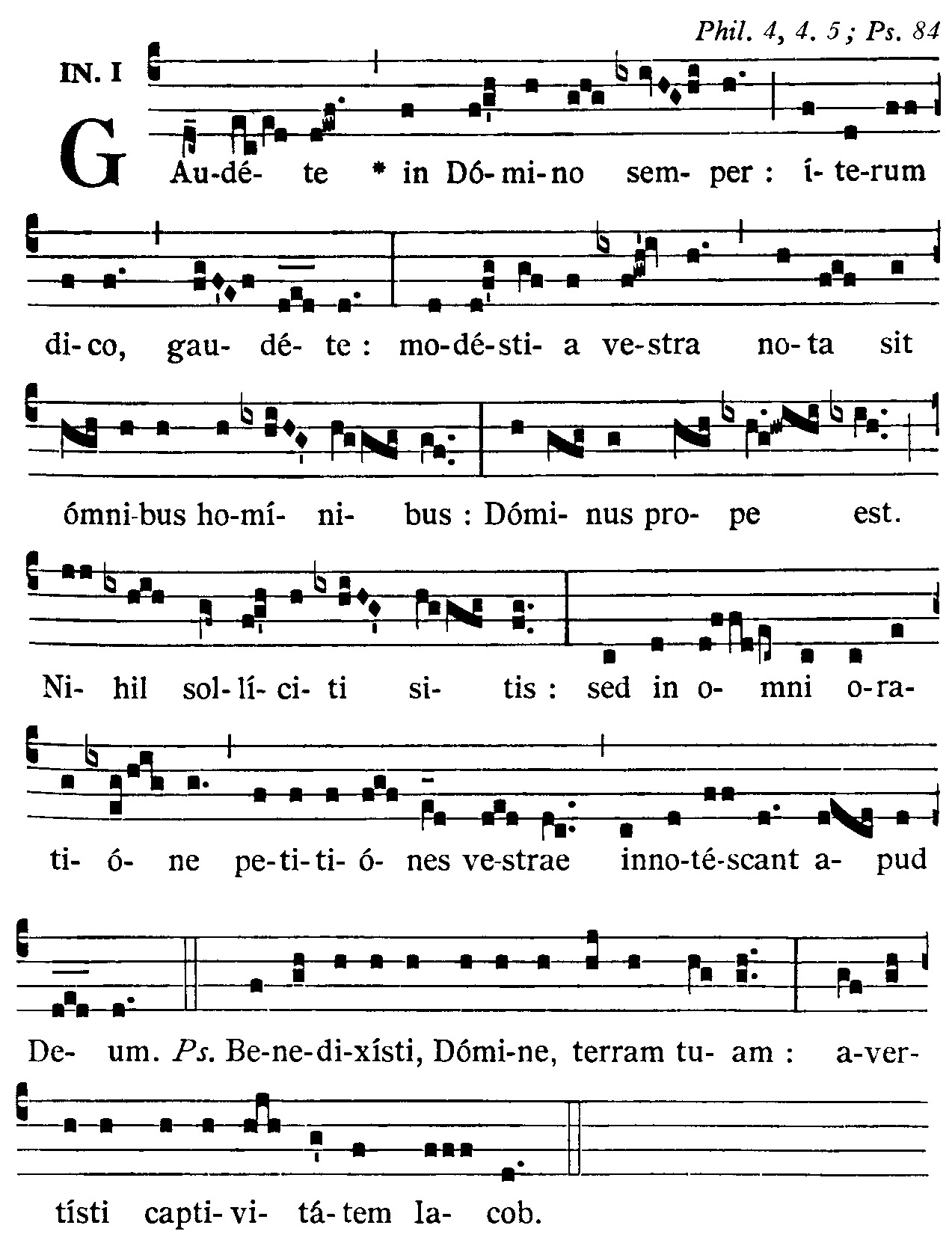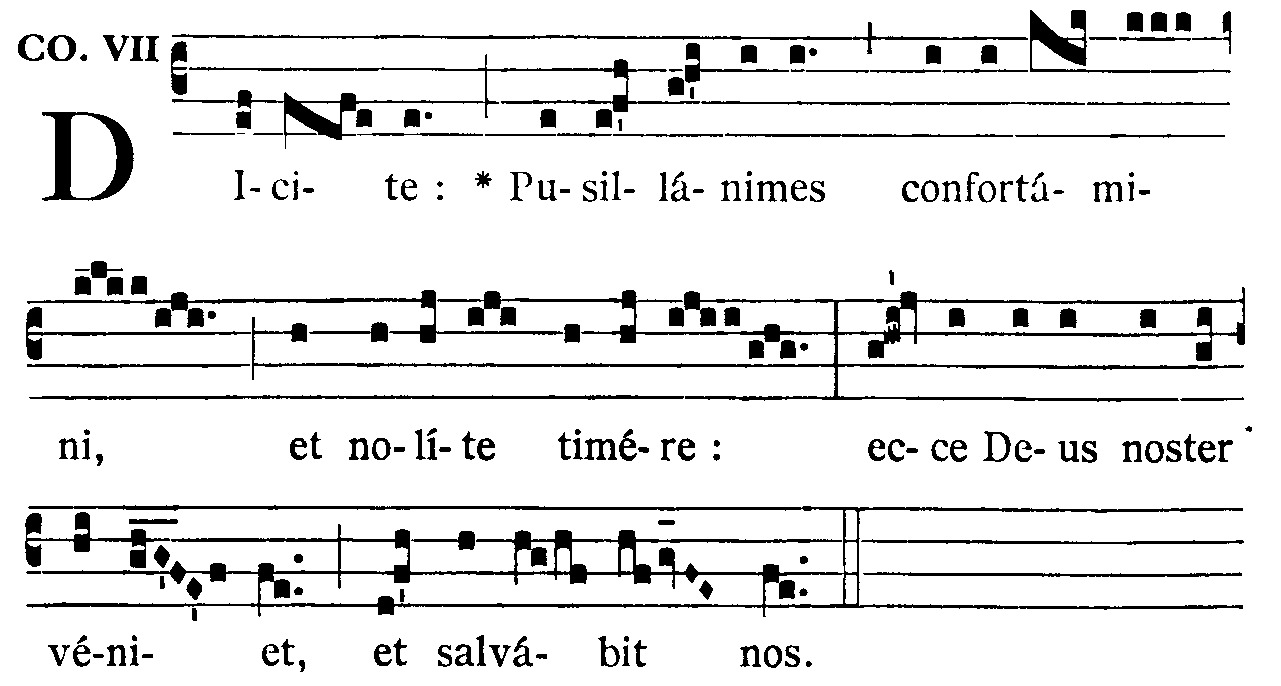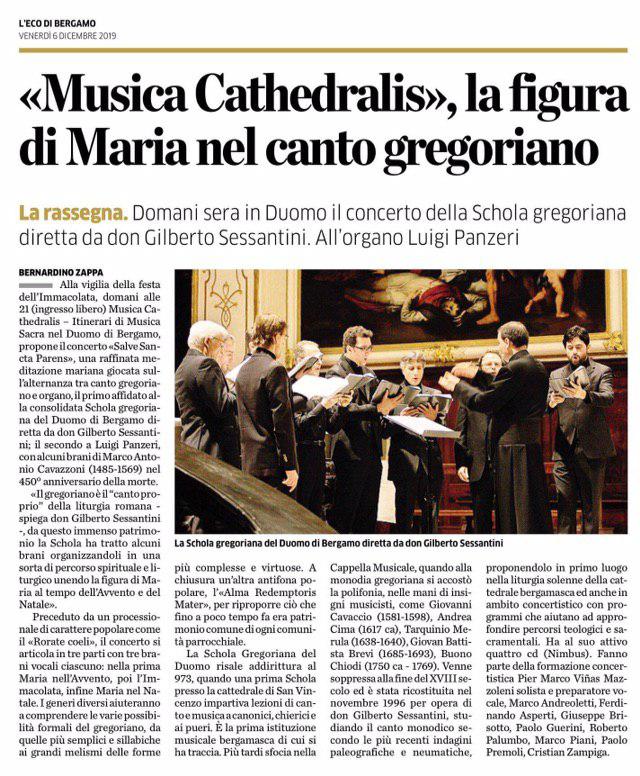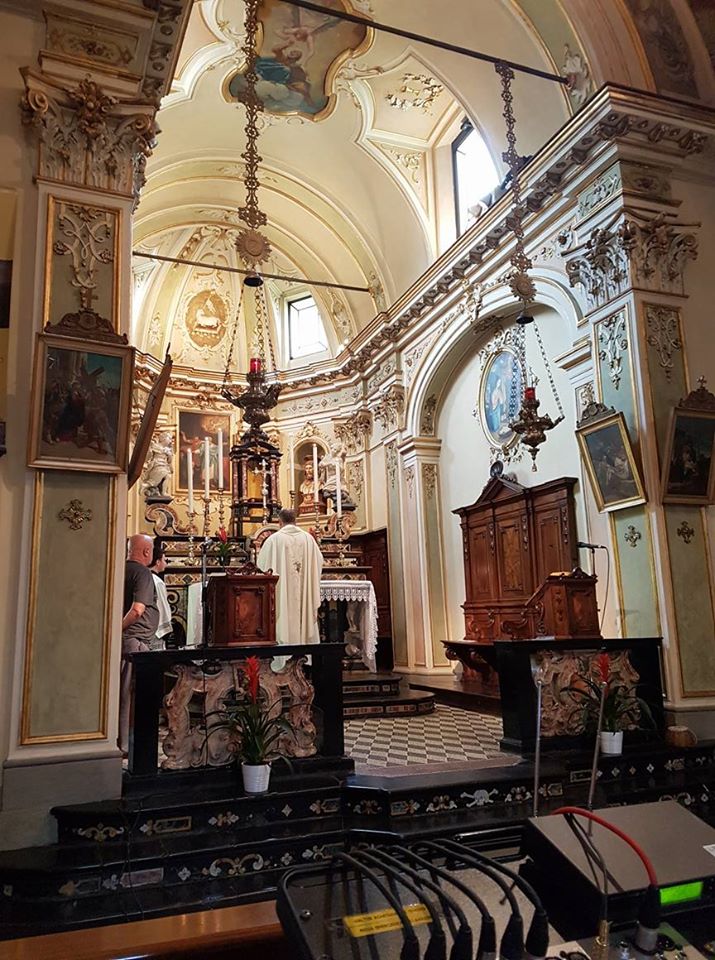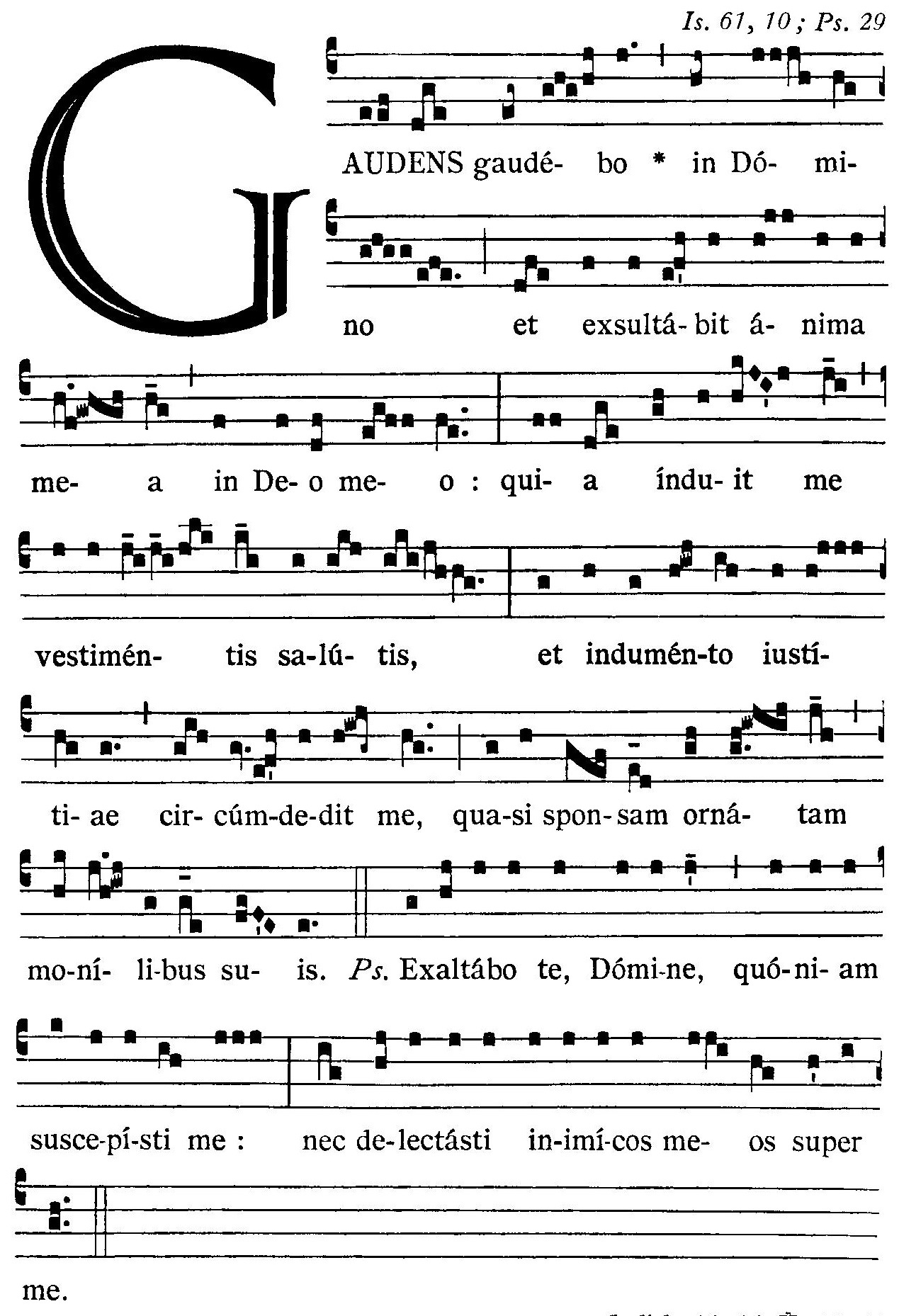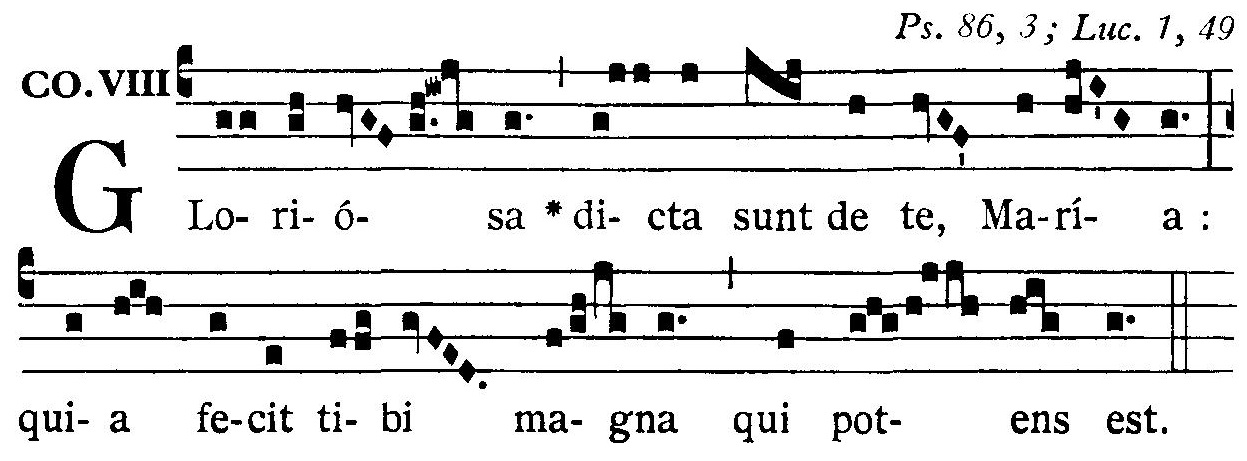Basta con la comunione sulla mano dei fedeli!
Della nuova prassi liturgica ho trattato diffusamente e ripetutamente, e alle mie pubblicazioni rimando per la documentazione relativa a tutti gli aspetti del problema e da me resa nota per la prima volta ai fedeli che, avendola ignorata, sono rimasti preda della mania innovatrice e dissennata «di un piccolo numero di sacerdoti e laici», che hanno cercato «di imporre il loro punto di vista agli altri e di forzare la mano all’autorità…». Cosi lo stesso Paolo Vl, sollevando gravi dubbi sulla legittimità della riforma al riguardo (cf. A. Bugnini, La riforma liturgica 1948‒1975, Ed. Liturg., Roma, 1983, p. 627s).
Ciò premesso, riassumo la triste vicenda:
‒ Fin dal 1965, Germania, Olanda, Belgio, Francia premono insistentemente presso la S. Sede per ottenere la nuova prassi; e purtroppo, nel ’68, Roma comincia a cedere, sia pure a malincuore, riconoscendo che si tratta «di un cambiamento importante di disciplina» (iv.). «La cosa ‒ si nota ‒ tocca il cuore della liturgia…» (iv., p. 624).
‒ La concessione generale risale al 29.5.1969 in base all’istruzione Memoriale Domini, documento che riassume tutte le ragioni del personale e ripetuto rifiuto del Papa:
1° la precedente prassi (di ricevere l’Ostia sulla lingua) «poggia su una tradizione plurisecolare» (Rito della Comunione fuori della Messa, 1979, n. 21). Certamente risale a più di mille anni: «… in tradito plurium saeculorum more innititur…» (iv.). E abbiamo ottime ragioni per supporre che almeno la Chiesa romana l’abbia adottata verso il II secolo…
2° Una riforma al riguardo così sollecita dimostra ‒ secondo l’autorevole documento citato ‒ un progresso della devozione eucaristica dei fedeli (cf. AAS 61, 1969, pp. 541‒5). Dunque, la nuova prassi indica piuttosto un regresso, un’involuzione…
3° L’episcopato mondiale non era affatto favorevole: «… C’è una larga maggioranza assoluta contraria alla nuova prassi» (Cf. A. Bugnini, op. cit., p. 637). «Episcopos longe plurimos censere hodiernam disciplinam haudquaquam esse immutandam…» (Mem. Dom.).
4° È falso che ricevere l’Ostia sulla lingua offende la dignità della persona umana, trattata come si suol fare coi bambini, che sono imboccati. Davanti a Dio, che, oltre a farsi bambino nel Cristo, si degna di farsi pane, nessuno può presumere di essere adulto. «Huiusmodi autem usus nihil de dignitate personae detrahit…» (Mem. Dom.).
5° La nuova prassi favorisce il diffondersi dell’eresia protestante, che nega la reale presenza di Cristo sotto le specie sacramentali. Fin dal ’68 si temeva che essa avrebbe recato «danno irreparabile alla fede e al culto dell’Eucaristia» (A. Bugnini, op. cit., p. 628). La S. Sede non intendeva cedere, «ne (…) perveniatur (…) ad rectae doctrinae adulterationem» (Mem. Dom.).
6° La medesima avrebbe facilitato la caduta e la dispersione dei frammenti, e soprattutto esposto il Santissimo a furti e sacrilegi innominabili: «ne scilicet perveniatur sive ad minorem erga Augustum altaris Sacramentum reverentiam, sive ad eiusdem Sacramenti profanationem…» (iv.).
7° Se all’inizio ‒ o poco dopo ‒ la prassi della Comunione si riformò in seguito ad una più acuta consapevolezza del Mistero, oggi il ritorno a quella originaria espone i fedeli ad un graduale affievolimento del fervore eucaristico, quando non procura la perdita della fede, come si va verificando: «…ne scilicet perveniatur (…) ad minorem erga Augustum altaris Sacramentum reverentiam…» (iv.).
8° L’antica prassi soddisfaceva le esigenze d’indole igienica assai meglio della nuova, perché il celebrante, alla presenza di tutti, si lavava le mani prima di toccare il Santissimo e distribuire la Comunione; mentre oggi i fedeli, prima di ricevere questa sulle mani, hanno toccato tutto (sostegni, borsa, denaro, libri, mani dei vicini, ecc.).
* * *
Oggi, dopo venticinque anni di esperienze, ciascuna di queste ragioni è risultata fondata; ciò spiega come il Papa, personalmente, si rifiutò di approvare la proposta della nuova prassi: «Summo Pontifici non est visum modum iamdiu receptum sacrae Communionis fidelibus ministrandae immutare». (iv.), Atteggiamento, questo, che spiega pure perché la medesima non sia stata mai obbligatoria per nessuno, ma facoltativa per tutti. Essa non genera alcun dovere né di dare la Comunione, per il sacerdote né di riceverla, per i fedeli.
Dati i precedenti storici della riforma e le ragioni addotte da Paolo VI, il sacerdote ha l’unico dovere di dissuadere tutti dal ricevere l’Ostia sulle mani, educando la sensibilità dei fedeli, tenuti a tendere alla santità mediante l’esercizio di quell’amore di Dio che stimola a scegliere l’ottimo di tutti i modi possibili di partecipare al Sacrificio eucaristico: il più devoto, rispettoso, degno della sua Maestà infinita, secondo l’esempio di migliaia di santi.
Un Papa, che domani decidesse di abolire la discutibilissima riforma, meriterebbe le benedizioni del mondo cattolico.
Giovanni Paolo II, dal canto suo, nelle Messe solenni celebrate in Piazza S. Pietro, preferisce dar la Comunione sulla lingua dei fedeli e persino del Clero, confermando la fondatezza delle ragioni per le quali Paolo VI, personalmente, si era rifiutato di approvare la nuova prassi liturgica. L’esempio del Papa, del resto, dimostra quanto siano state bugiarde le voci diffuse da certi presunti liturgisti, secondo i quali la prassi suddetta partiva da un’iniziativa della Chiesa, ne esprimeva Io spirito, la volontà, sì da realizzare un sogno dei credenti più maturi (?)… Tutto falso.
I fedeli non sentivano affatto la necessità di modificare la prassi precedente, non si erano mai posto il problema, come denuncia Paolo VI secondo il quale ‒ non temo di ripeterlo ‒ la «nuova pratica» era «opera di un piccolo numero di sacerdoti e laici, che ‒ sottolinea il Pontefice ‒ cercano di imporre il loro punto di vista agli altri e di forzare la mano all’autorità. Approvarlo sarebbe incoraggiare queste persone non mai soddisfatte delle leggi della Chiesa…» (cf. A. Bugnini, La riforma liturgica…, ed. cit., p. 627s). Soltanto la malafede ha fatto attribuire alla Chiesa l’iniziativa della prassi in parola, caldeggiata ed anzi spesso slealmente imposta a fedeli ignari, a suore piissime quanto disinformate, a bambini innocenti, incapaci di una scelta, ossia di valersi di una prassi «facoltativa».
(Enrico Zoffoli – Questa è la Messa. Non altro! – Edizioni Segno 1994 – pp. 99-102)
Testo in PDF qui.

